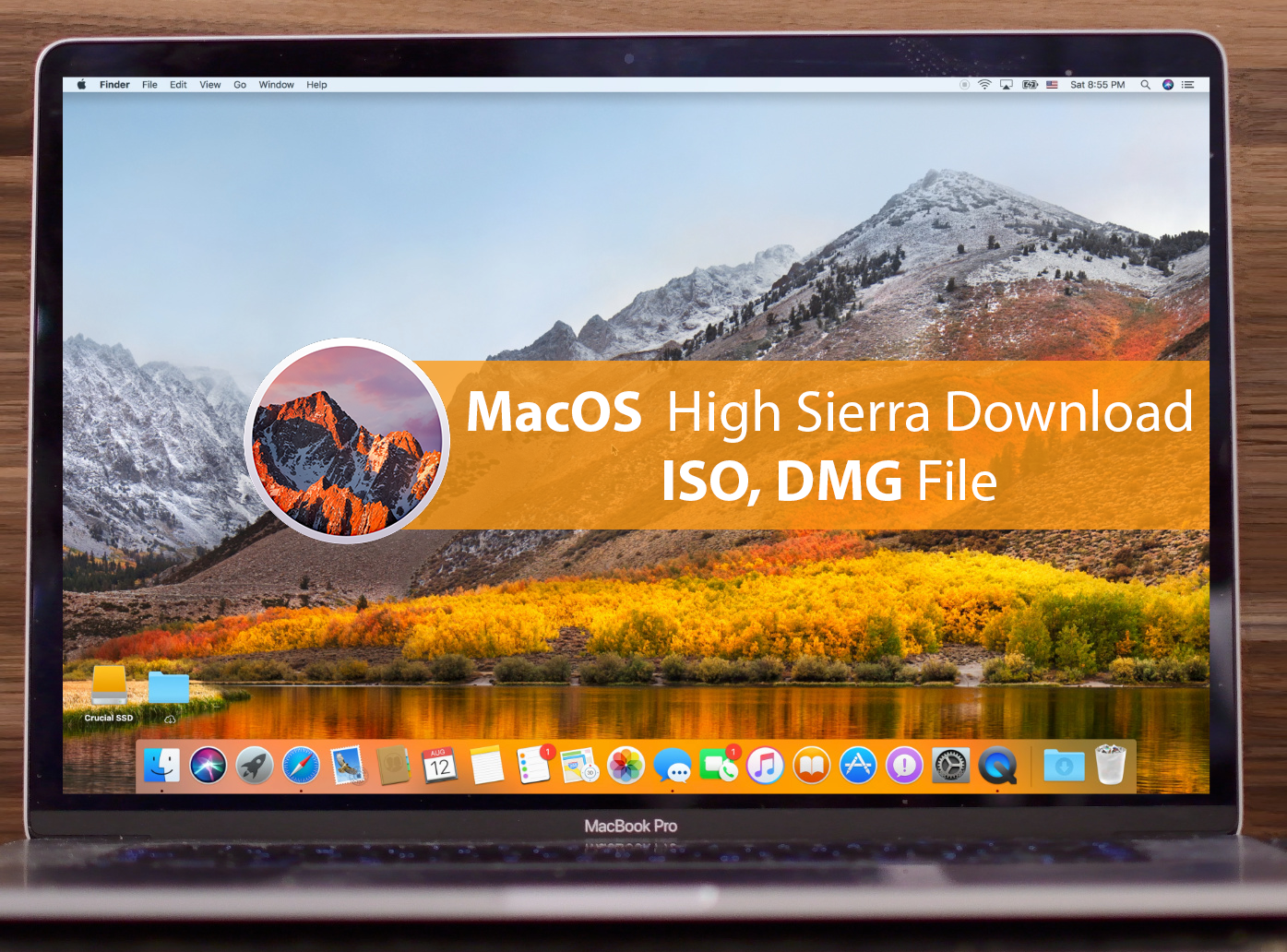
- #Ftp server for mac os high sierra install#
- #Ftp server for mac os high sierra update#
- #Ftp server for mac os high sierra upgrade#
- #Ftp server for mac os high sierra pro#
- #Ftp server for mac os high sierra software#
– All kinds of regular files supported: folders, documents, photos, movies, apps, backups and other files. – Lightweight: FTP Server requires very little resources to run and the app size is relatively small.

– Configurable: server root, port, anonymous access options are available. – Easy to use: you can simply start the FTP service without any additional configuration. OS X provides read-only FTP access in Finder, you can press Command-K in a Finder window and enter the FTP URL (something like ), and connect to FTP Server.įTP Server comes with its own password authentication, so you don’t need to expose your user account to other people nor do you need to create a system user for the authentication purpose. * Ports below 1024 (including port 21) are supported since version 2.3.įTP(File Transfer Protocol) is a standard network protocol used to transfer computer files from one host to another host over a TCP-based network, such as the Internet.įTP Server lets you run the FTP service on your own computer and you can access the files on the host computer with any standard FTP client such as FileZilla. Review the notable changes in MySQL 8 here.FTP Server provides a simple way to share / exchange files between your computers and other devices. While backwards compatibility is usually maintained, some changes in new versions of MySQL can cause badly written PHP scripts to perform differently. When this article was originally written, MySQL 5.7 was the default.
#Ftp server for mac os high sierra update#
Update Aug 28, 2018: Homebrew is now installing MySQL 8 by default. If you run into any issues, feel free to open a support ticket and we’ll be happy to help troubleshoot. To update Homebrew and MySQL in the future, use the following commands: brew update
#Ftp server for mac os high sierra pro#
You can now manage MySQL databases and users via the command line, or we recommend Sequel Pro for a graphical interface. Type '\c' to clear the current input statement. Other names may be trademarks of their respective Oracle is a registered trademark of Oracle Corporation and/or itsĪffiliates. Commands end with or \g.Ĭopyright (c) 2000, 2017, Oracle and/or its affiliates. Once we’ve finished this up, MySQL is running on our system.

Please update to Xcode 8.1 (or delete it). Working fine: please don't worry and just ignore them. Please note that these warnings are just used to help the Homebrew maintainers
#Ftp server for mac os high sierra upgrade#
Now that you have Homebrew installed, you can type check to see if there are any recommendations for your setup: brew doctorįor example, you may have an outdated version of Xcode, in which case you may want to upgrade that: $ brew doctor

The installer will give you a list of things it’s going to do, just press enter and Homebrew will be installed.
#Ftp server for mac os high sierra install#
Next, we’re going to install Homebrew (this command is all one line): /usr/bin/ruby -e "$(curl -fsSL )"

You will have to press space a bunch of times to scroll to the bottom of the agreement and then type ‘agree’ if you agree to the terms. Let’s get started – the first thing you need to do is open up a terminal window and make sure you’ve accepted the Xcode license agreement by issuing this command: sudo xcodebuild -license If you have installed or attempted to install it before, you will need to make sure MySQL is completely removed along with all of its files and directories.
#Ftp server for mac os high sierra software#
It provides an easy way to install third party software and a way to keep that software up to date.īefore we begin, there are a few prerequisites: Homebrew is a third party package manager, similar to yum or apt if you’re familiar with Linux package managers. This allows for easy upgrades, and still includes the ability to have MySQL start on boot. As a result, we now recommend installing and maintaining MySQL using Homebrew. Over the years, it has become difficult to ensure that the script works on all of the versions of macOS still in use, and support from MySQL for macOS is slow. In the past, we maintained a script for automating the installation of MySQL on macOS.


 0 kommentar(er)
0 kommentar(er)
